Rare Rides: The Ultimate 8 Series BMW Is the Alpina B12 of 1992

Rare Rides featured an Alpina once before: the performance tuner’s take on the late-Eighties 6 Series — the B7. Today’s Alpina is a B12, which is literally five more. And more is better, right?
There is, of course, a brand new edition of the 8 Series for sale right now, but BMW’s present styling language means it’s a hot mess of gigantic grilles and styling cues already employed by other brands. Today’s Rare Ride is based upon the much better looking O.G. 8 Series, which BMW nerds call the E31.
BMW started working on the 8 Series in the early Eighties as a replacement for the 6 Series touring coupe. Ever the social climber, the 8 was designed to be more than the 6, reaching further into the back pockets of the stock brokers who bought BMW coupes.
The Roundel brand spent a considerable chunk of time and money on the 8 Series project — $9 billion, adjusted for inflation. BMW graced its big coupe with eight- or 12-cylinder engines, and even gave wealthy enthusiasts the option of 12 cylinders paired to a six-speed manual transmission. The other transmission choices were automatics, in either four- or five-speed guise, depending on year.
The all-new 8 Series went on sale for 1990, which was just in time for the Gulf War and a serious recession. BMW’s coupe plans were in shambles. The automaker cancelled its plan for a performance M8, and the existing coupe was off the market in North America by 1997 (and the rest of the globe in 1999). It sold just over 30,000 8 Series cars.
Just because BMW had bad timing and cancelled its M8 plans didn’t stop Alpina from giving performance variants a go. The company developed its B12 alongside BMW, starting production in 1990. Differences from the standard car included a heavy engine rework with new cylinders, camshafts, and pistons. Tuning changes added 49 horsepower to the 5.0-liter V12, pushing output to 345 hp. The additional power was accompanied by a reworked suspension to keep things on the level.
Never a brand to shy away from visual modifications, someone at Alpina must’ve felt subdued the day the B12 was considered. The interior isn’t wacky, the gold pinstriping isn’t in your face, and the body kit isn’t all that noticeable.
The first B12 5.0 was available between 1990 and 1994, overlapping with the even hotter B12 5.7 of 1992-1996. The larger engine in the uplevel B12 produced 410 horsepower once Alpina engineers finished with it. A total of 97 5.0-liter coupes were made — a considerable number compared to the 57 units of the 5.7.
Today’s Rare Ride was for sold earlier this month via the Sotheby’s Youngtimer Collection (how droll!) for $116,379.
[Images: RM Sotheby’s]

Interested in lots of cars and their various historical contexts. Started writing articles for TTAC in late 2016, when my first posts were QOTDs. From there I started a few new series like Rare Rides, Buy/Drive/Burn, Abandoned History, and most recently Rare Rides Icons. Operating from a home base in Cincinnati, Ohio, a relative auto journalist dead zone. Many of my articles are prompted by something I'll see on social media that sparks my interest and causes me to research. Finding articles and information from the early days of the internet and beyond that covers the little details lost to time: trim packages, color and wheel choices, interior fabrics. Beyond those, I'm fascinated by automotive industry experiments, both failures and successes. Lately I've taken an interest in AI, and generating "what if" type images for car models long dead. Reincarnating a modern Toyota Paseo, Lincoln Mark IX, or Isuzu Trooper through a text prompt is fun. Fun to post them on Twitter too, and watch people overreact. To that end, the social media I use most is Twitter, @CoreyLewis86. I also contribute pieces for Forbes Wheels and Forbes Home.
More by Corey Lewis
Latest Car Reviews
Read moreLatest Product Reviews
Read moreRecent Comments
- Corey Lewis It's not competitive against others in the class, as my review discussed. https://www.thetruthaboutcars.com/cars/chevrolet/rental-review-the-2023-chevrolet-malibu-last-domestic-midsize-standing-44502760
- Turbo Is Black Magic My wife had one of these back in 06, did a ton of work to it… supercharger, full exhaust, full suspension.. it was a blast to drive even though it was still hilariously slow. Great for drive in nights, open the hatch fold the seats flat and just relax.Also this thing is a great example of how far we have come in crash safety even since just 2005… go look at these old crash tests now and I cringe at what a modern electric tank would do to this thing.
- MaintenanceCosts Whenever the topic of the xB comes up…Me: "The style is fun. The combination of the box shape and the aggressive detailing is very JDM."Wife: "Those are ghetto."Me: "They're smaller than a Corolla outside and have the space of a RAV4 inside."Wife: "Those are ghetto."Me: "They're kind of fun to drive with a stick."Wife: "Those are ghetto."It's one of a few cars (including its fellow box, the Ford Flex) on which we will just never see eye to eye.
- Oberkanone The alternative is a more expensive SUV. Yes, it will be missed.
- Ajla I did like this one.



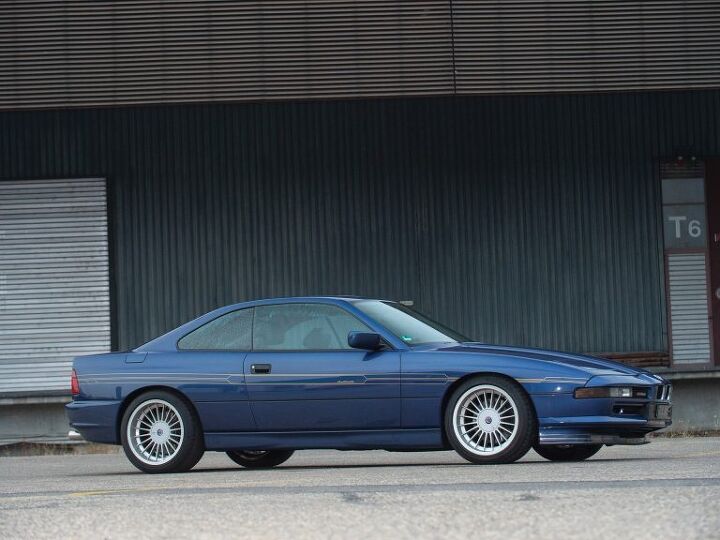

















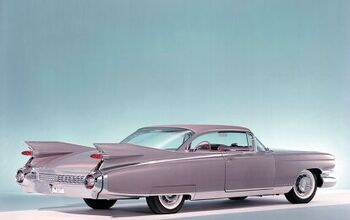


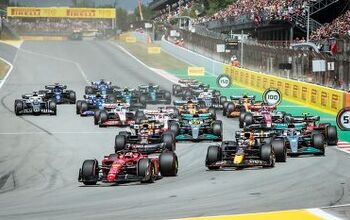
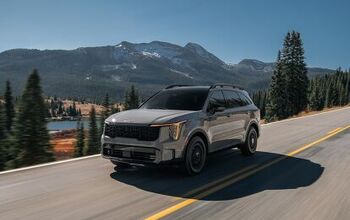



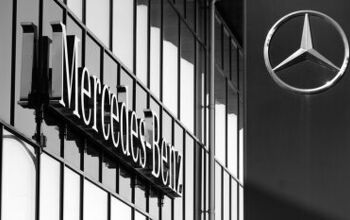
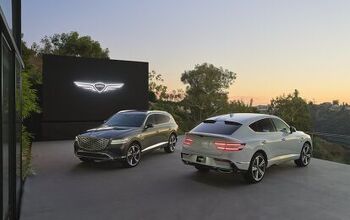
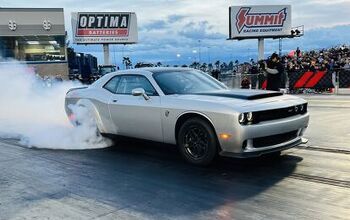
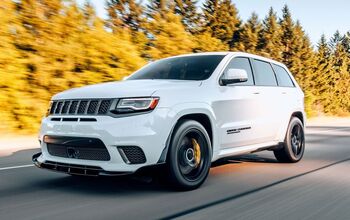

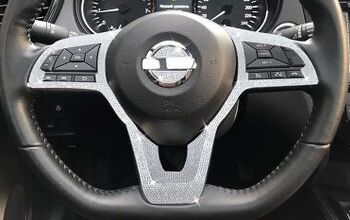

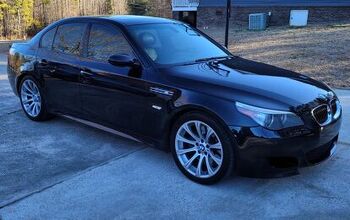

Comments
Join the conversation
Did I read that right: BMW spent today's equivalent of $9 billion to sell only 30k 8s? That's $300k investment per car! A beautiful car, but a real money loser it seems.
Corey Lewis writes: "Alpina...the in-house performance tuner" While it does enjoy a close relationship with BMW, Alpina is an independently owned company, not BMW's in-house tuner. (That would arguably be the role of BMW's M division.)